Not all nuts deserve a place in your pantry or on your plate. While many varieties offer impressive health benefits, others can trigger allergies, harbor toxins, or simply taste awful.
Some might even be dangerous when prepared incorrectly. Let’s crack open the truth about the nuts you might want to think twice about before eating.
1. Raw Cashews
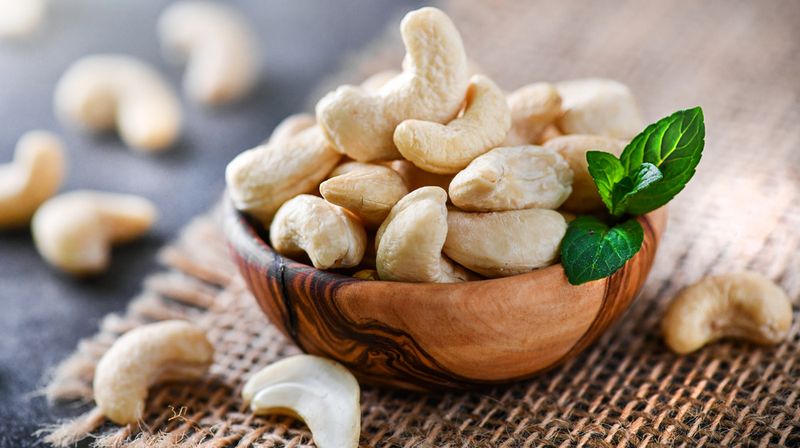
Forget what you know about those creamy, curved delights in your trail mix—raw cashews are actually toxic! The shells contain urushiol, the same irritant found in poison ivy that can trigger blistering skin rashes.
Commercial cashews undergo steam-boiling to neutralize these toxins before hitting store shelves. The “raw” versions you buy are never truly raw—thank goodness.
2. Horse Chestnuts
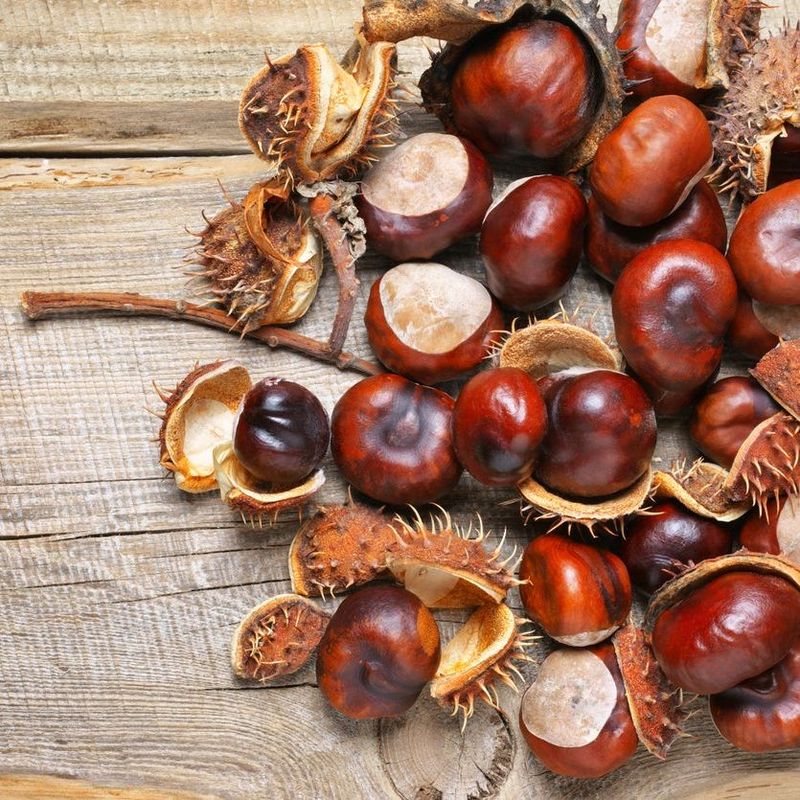
Shiny brown orbs falling from trees in autumn might tempt curious snackers, but beware! Horse chestnuts (conkers) contain dangerous levels of aesculin, a glycoside that can cause paralysis, vomiting, and even death.
Children often confuse these imposters with edible chestnuts. The key difference? Horse chestnuts lack the tapered point and are perfectly round with a waxy finish.
3. Bitter Almonds
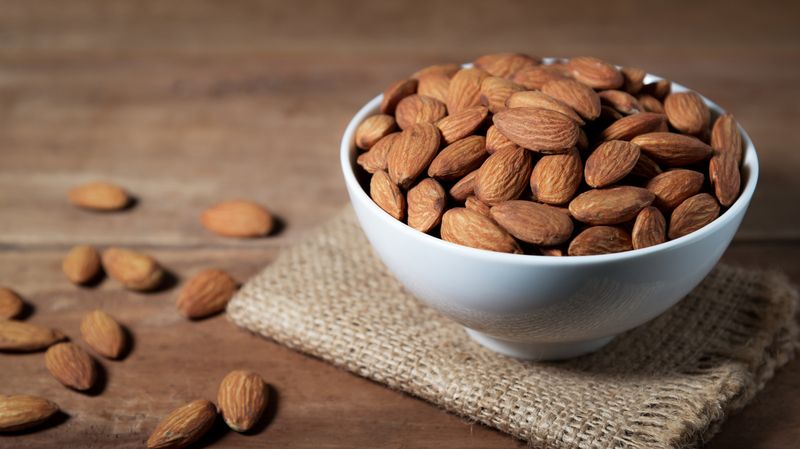
Sweet almonds’ evil twins pack a potentially deadly punch. Just 50 raw bitter almonds contain enough hydrogen cyanide to kill an adult! Their intensely bitter flavor serves as nature’s warning system—a taste you won’t soon forget.
Amazingly, these dangerous nuts still serve a purpose. Processed bitter almonds (with cyanide removed) create that distinctive almond extract flavor in your favorite baked goods.
4. Red Kidney Bean Sprouts
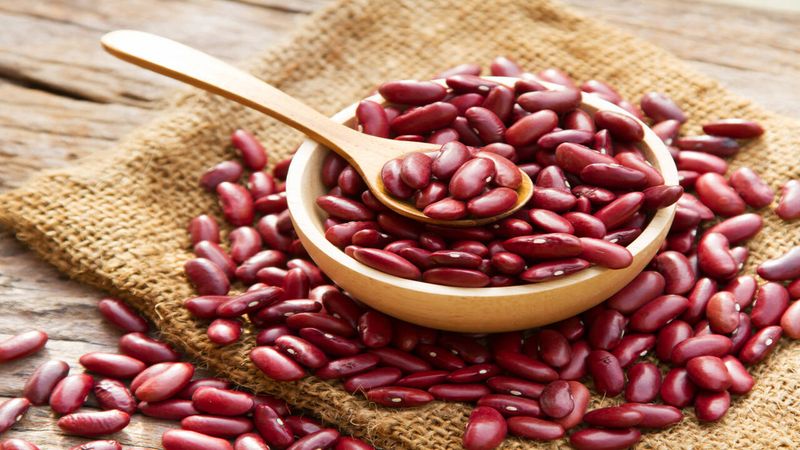
Technically legumes rather than true nuts, raw kidney beans hide a nasty secret called phytohemagglutinin—a toxin causing violent vomiting and diarrhea within hours of consumption. Just five poorly cooked beans can trigger this gastrointestinal nightmare!
Slow cookers make matters worse by holding beans at temperatures that actually increase toxicity instead of destroying it. The FDA recommends boiling kidney beans for at least 30 minutes to neutralize the poison.
5. Manchineel Tree Nuts
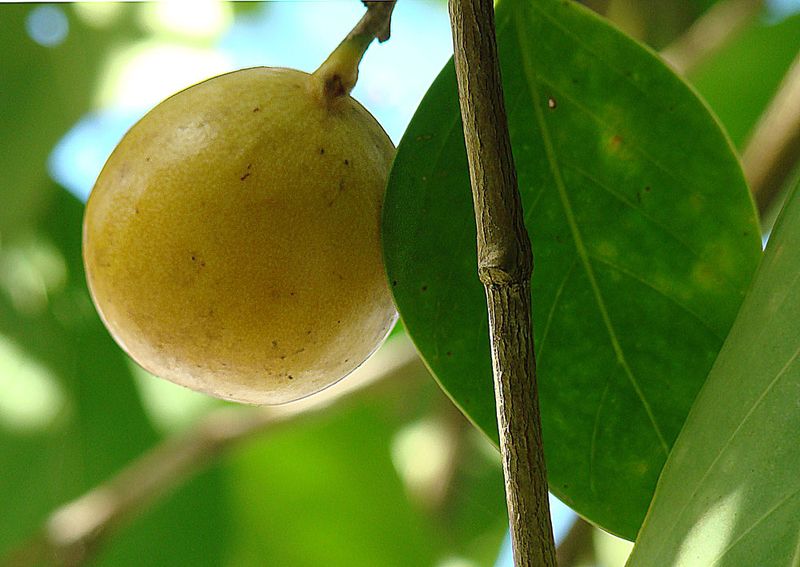
Dubbed “the little apple of death” by Spanish explorers, the manchineel’s innocent-looking fruits and nuts contain some of the most caustic natural substances on Earth. Even standing under this tree during rain can cause skin blistering!
Every part of this tree—including its nut-like seeds—contains powerful toxins. Eating just one can cause your throat to swell shut and potentially lead to a painful death. Nature’s way of saying “don’t touch me.”
6. Moldy Peanuts
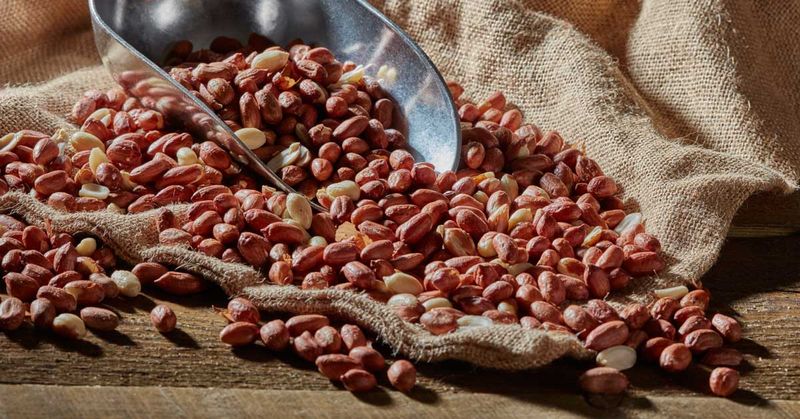
Those discolored, shriveled peanuts lurking at the bottom of the jar aren’t just unappetizing—they’re potentially cancer-causing! Aspergillus fungi produce aflatoxins, potent carcinogens that thrive on improperly stored peanuts.
The FDA sets strict limits on aflatoxin levels in commercial products, but homegrown or improperly stored nuts can reach dangerous concentrations. No amount of roasting fully destroys these toxins once formed.
7. Betel Nuts
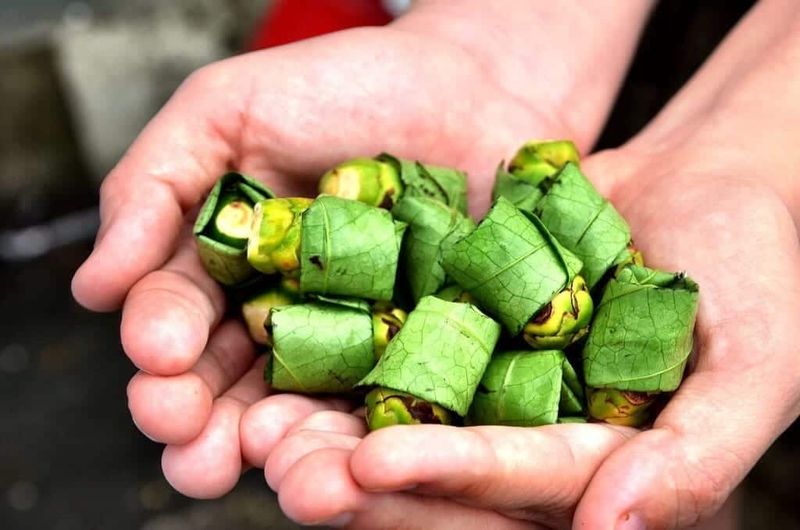
Bright red smiles throughout Southeast Asia often signal betel nut addiction—a habit linked to mouth cancer, tooth decay, and oral lesions. These nuts contain arecoline, a stimulant providing a buzz similar to nicotine but with devastating dental consequences.
Wrapped in betel leaves with lime paste, these nuts stain teeth permanently crimson. The World Health Organization classifies betel nuts as carcinogenic, yet millions remain hooked on their mild high.
8. Unprocessed Acorns

Squirrels know the secret—acorns require extensive processing before becoming edible! Raw acorns contain tannins so bitter they’ll make your face pucker faster than sucking a lemon. These compounds can cause severe stomach upset and potentially damage your kidneys.
White oak acorns contain fewer tannins than red oak varieties. Still, both require proper preparation before consumption. Survival enthusiasts take note: this abundant wild food requires serious work before becoming a meal!
9. Pili Nuts

Instagram-worthy pili nuts might taste heavenly, but their environmental impact is downright devilish! Harvesting these Filipino favorites involves climbing 60-foot trees to collect fallen nuts—dangerous work with minimal compensation for local laborers.
Processing requires intensive labor: cracking rock-hard shells by hand, then roasting over open fires. One pound of these buttery delights requires approximately 80-100 nuts and countless hours of underpaid work.
10. Areca Nuts
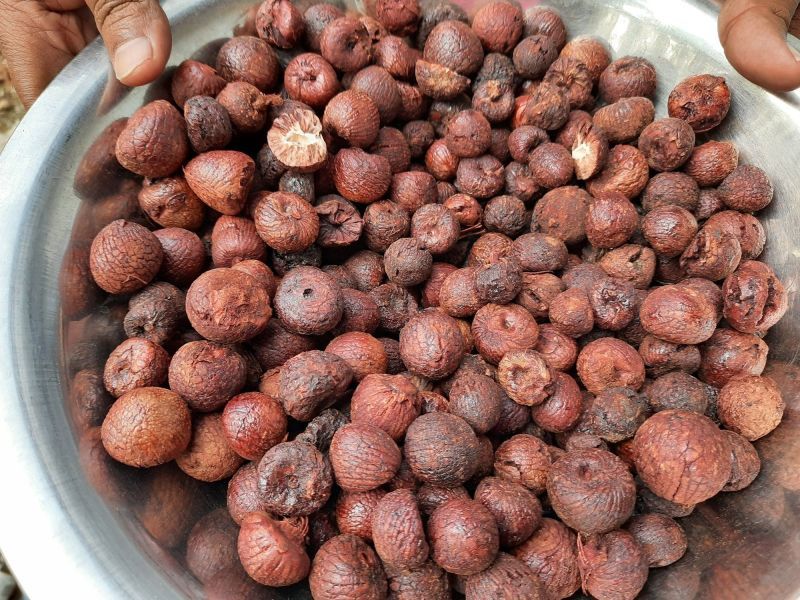
Chewed by nearly 400 million people worldwide, areca nuts (often confused with betel nuts) have earned a terrifying nickname: “silent killers.” Regular users face 28 times higher risk of oral cancer compared to non-chewers.
The International Agency for Research on Cancer classifies areca nuts as Group 1 carcinogens—the same category as cigarettes and asbestos. Despite this, they remain legal and widely available throughout Asia.
11. Bukayo
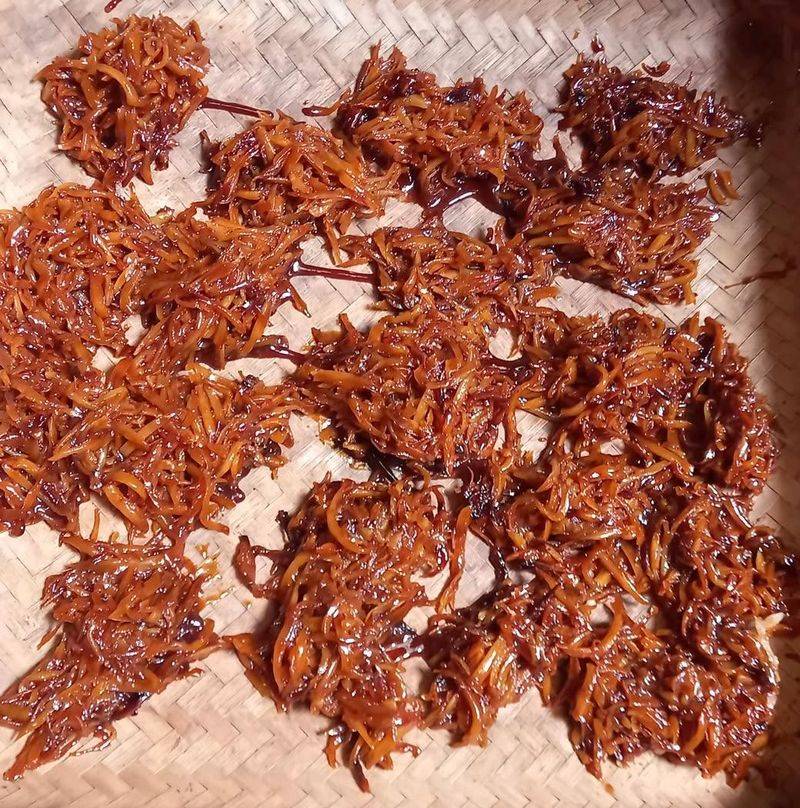
Masquerading as a healthy tropical treat, bukayo packs a metabolic punch that would make a candy bar blush! This Filipino delicacy combines shredded coconut with mountains of brown sugar—creating a glycemic nightmare that sends blood sugar levels soaring.
Traditional preparation methods often use questionable hygiene practices in rural settings. Combined with its high sugar content and minimal nutritional benefits, this sweet temptation deserves a permanent spot on your “avoid” list.
12. Improperly Stored Brazil Nuts
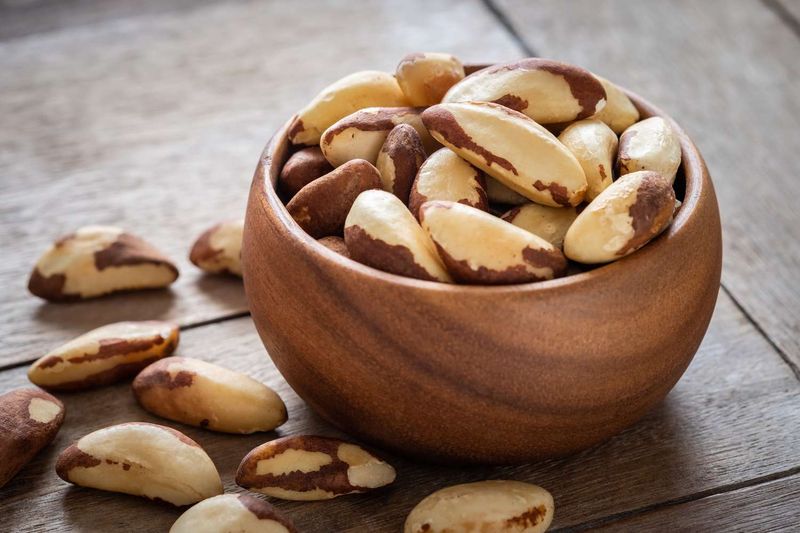
Believe it or not, Brazil nuts are the most radioactive food humans regularly consume! Their deep roots absorb radium from soil at levels up to 1,000 times higher than surrounding plants.
Brazil nuts stored beyond their prime develop an unpleasant rancid flavor from oxidized oils. While the radiation levels aren’t immediately dangerous, combining it with potential mold contamination creates a double health risk that’s easily avoided by proper storage and consumption within a month of purchase.
13. Unripe Macadamia Nuts

Those rock-hard shells protect macadamias for good reason—unripe nuts contain cyanogenic glycosides that can release hydrogen cyanide when consumed! Commercially available nuts undergo careful harvesting and processing to ensure ripeness and safety.
Foraging enthusiasts beware: immature macadamias harvested directly from trees can cause serious digestive distress and potentially dangerous cyanide exposure. The unripe nuts have a distinctly bitter taste—nature’s warning to stay away.
14. Pine Nuts From China
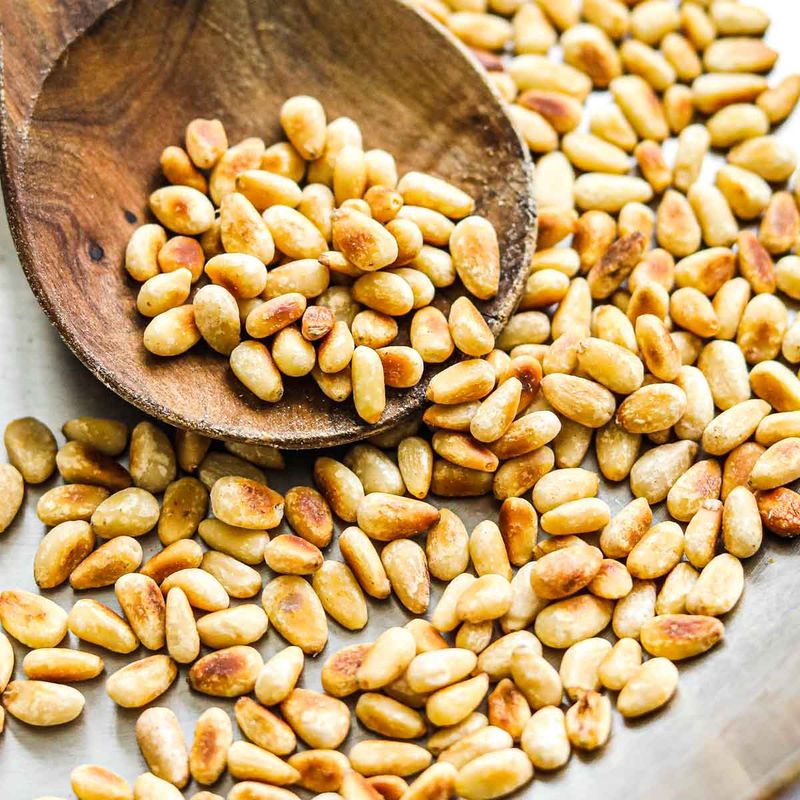
“Pine mouth syndrome” sounds like a fake illness until you’re the unfortunate soul experiencing it! Certain pine nuts—primarily those imported from China—can trigger a mysterious condition causing everything to taste intensely bitter or metallic for days or even weeks.
Scientists believe unidentified species of pine nuts or improper processing methods cause this bizarre reaction. The taste distortion typically appears 12-48 hours after consumption and can make favorite foods taste like you’re licking a copper pipe.
15. Quandong Nuts
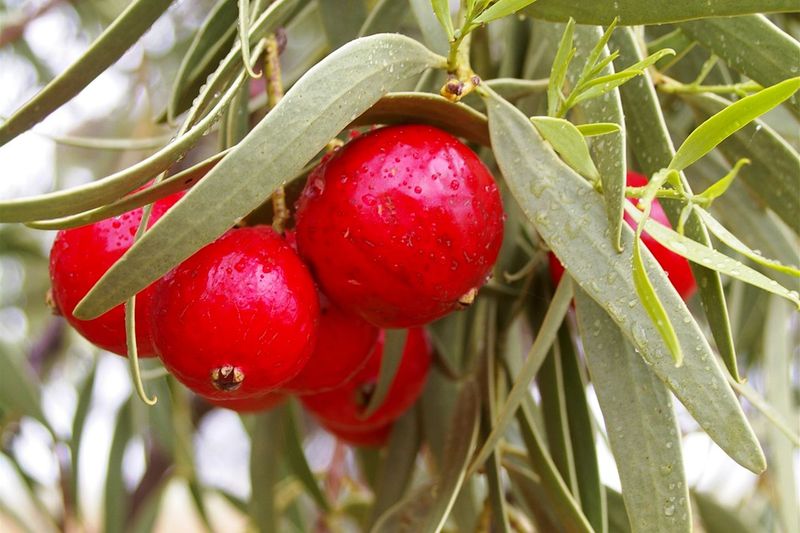
Australia’s native “wild peach” contains kernels that pack a painful punch! Quandong nuts contain high concentrations of saponins—compounds that cause intense stomach cramping, vomiting, and diarrhea when not properly prepared.
Indigenous Australians traditionally processed these nuts extensively, leaching out harmful compounds before consumption. Modern foragers often skip these crucial steps, resulting in unpleasant (and entirely preventable) consequences.

